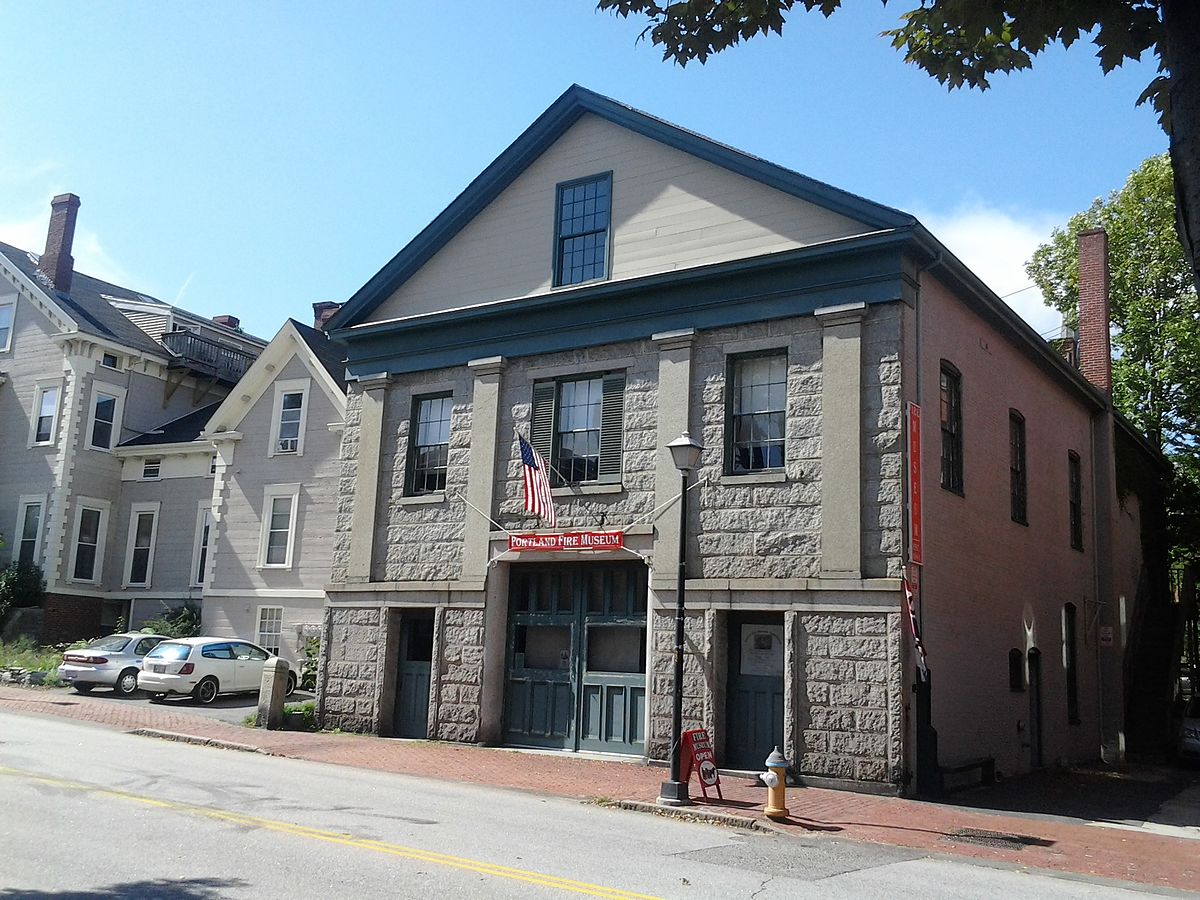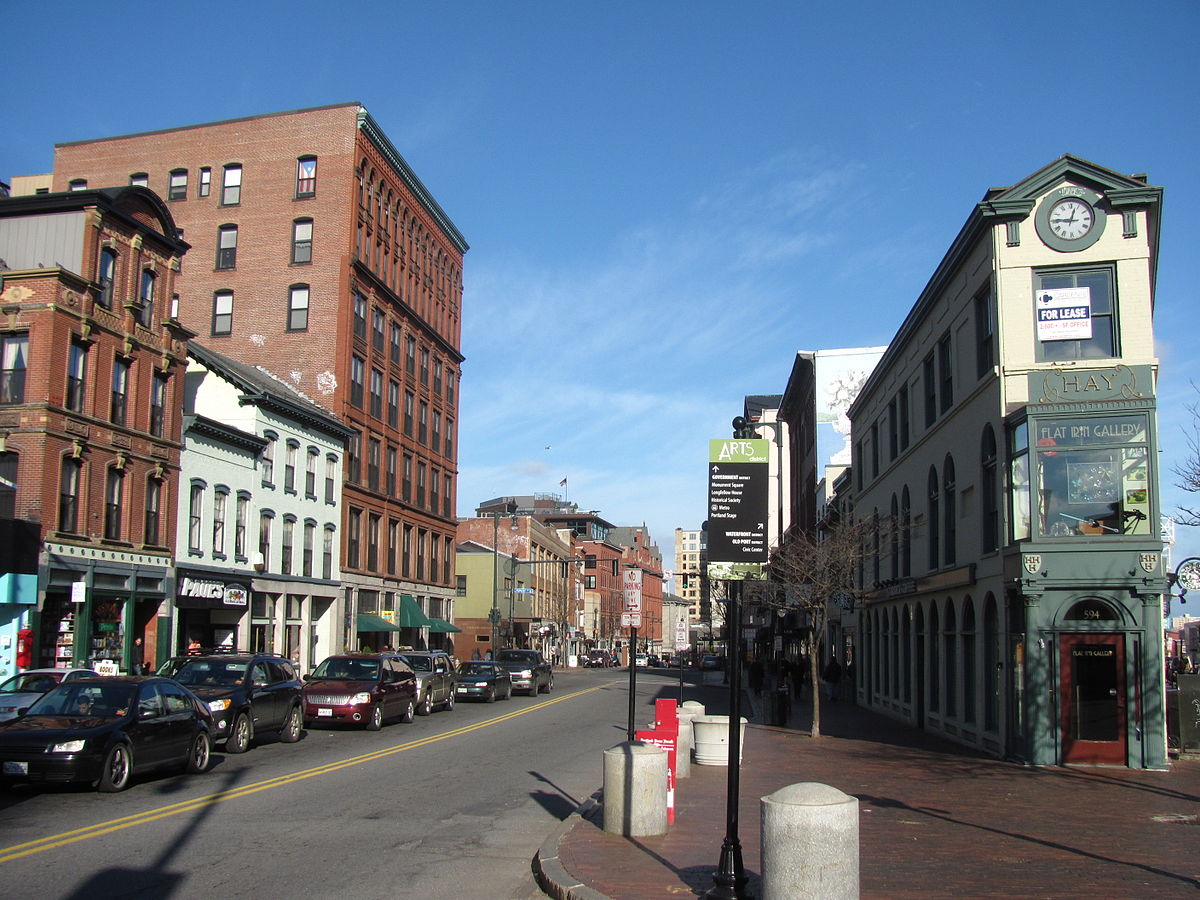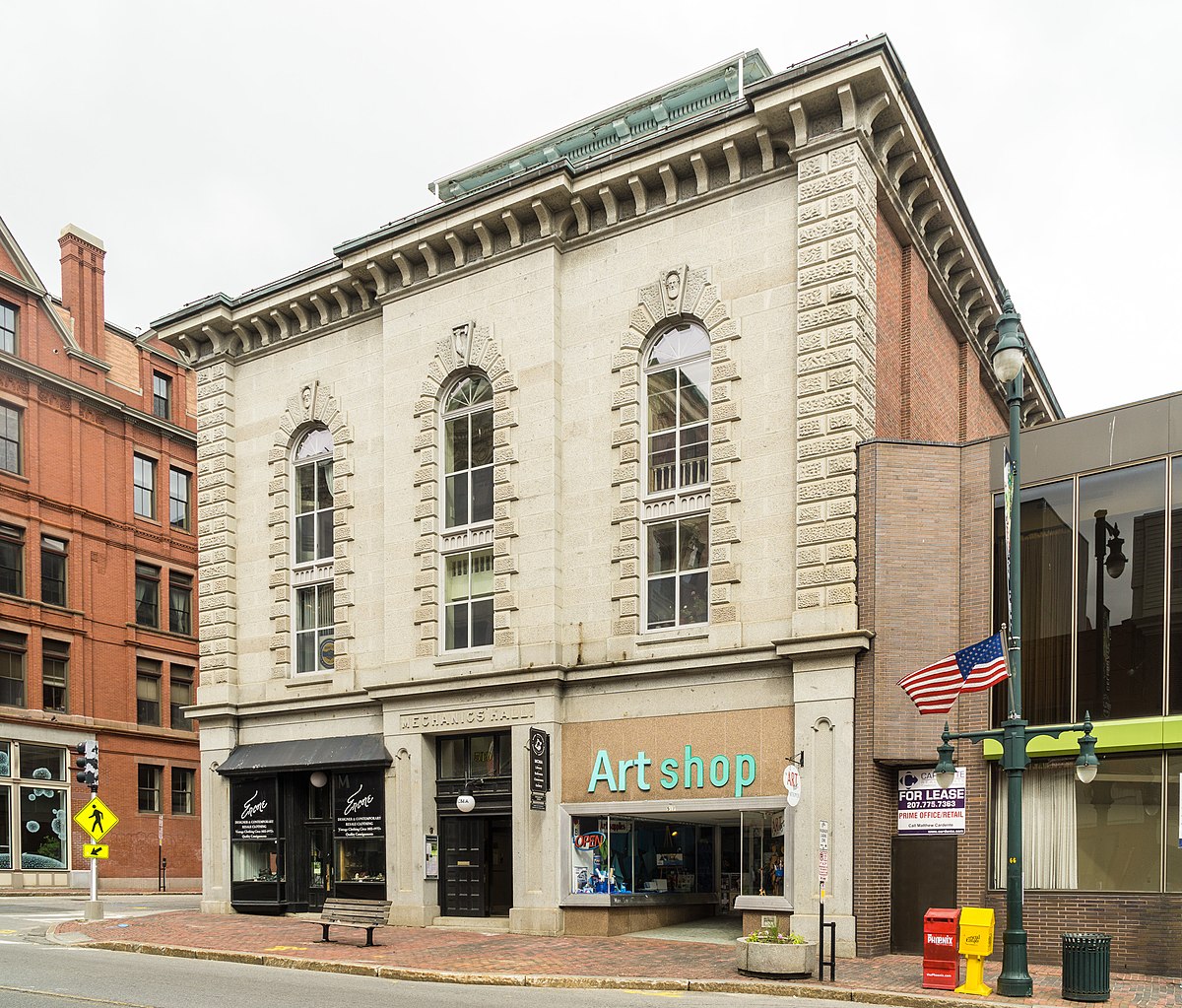
The infirmary's building, designed by renowned architect John Calvin Stevens, is a testament to the architectural styles of the late 19th century, blending Romanesque and English Renaissance elements[1]. The structure's imposing presence in the urban landscape was balanced by its harmonious integration with the surrounding residential area[1]. Over the years, the infirmary underwent significant changes, including a major renovation in 1934 that altered its entry and lobby[1].
In 1951, the Maine Eye and Ear Infirmary merged with Maine General Hospital, marking a pivotal moment in its history as it became part of the newly formed Maine Medical Center[2]. This merger reflected broader changes in healthcare, as institutions began to consolidate and expand their services[2]. The infirmary continued to serve hospital programs until 1980, leaving behind a legacy of medical innovation and community service[1][2].






















